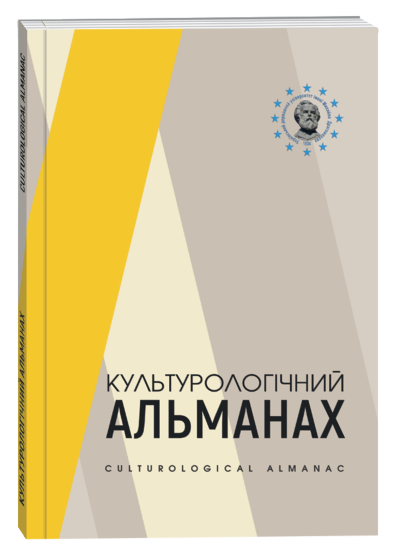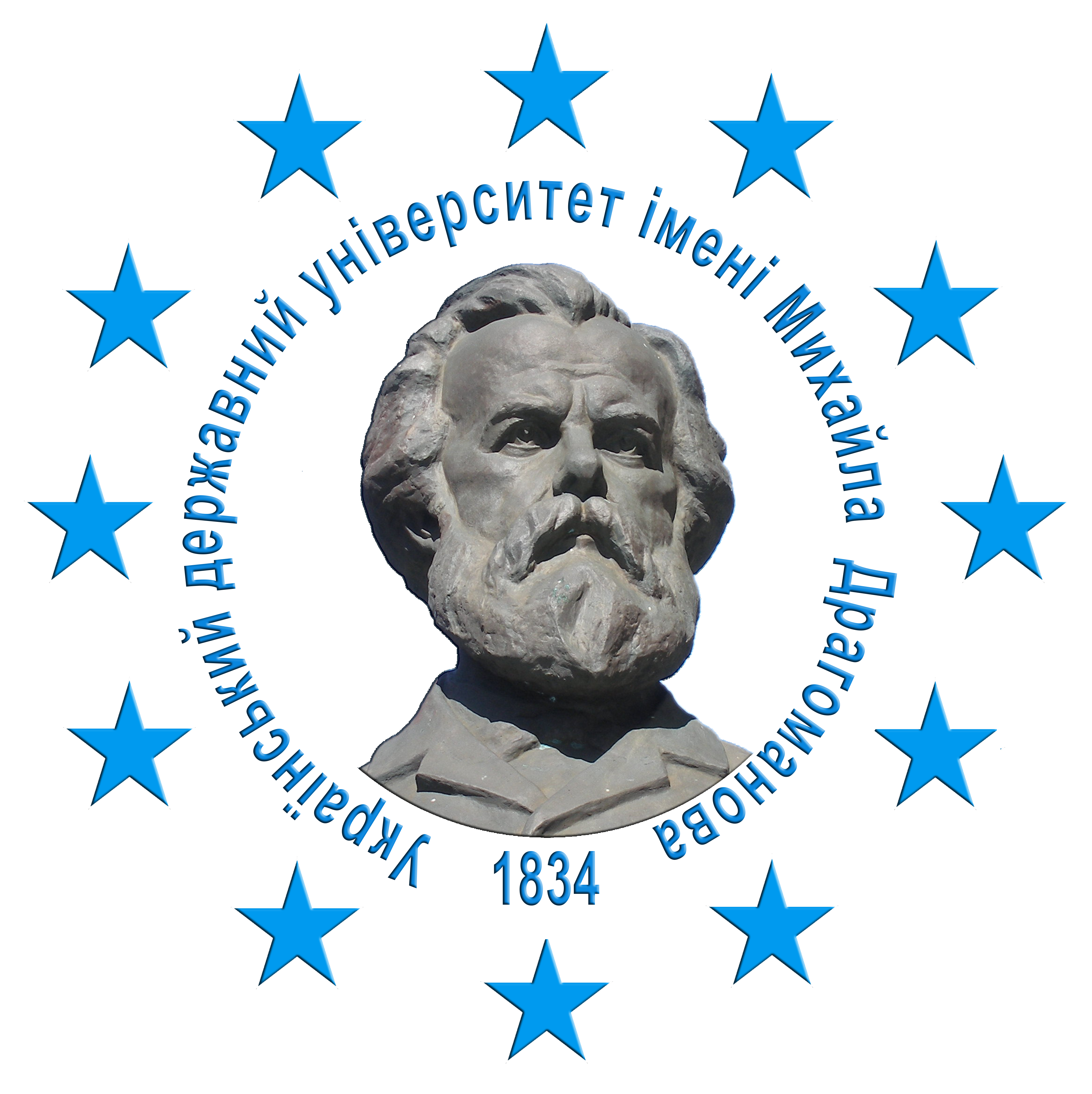THE INFLUENCE OF MASS CULTURE ON COLLECTIVE IDENTITY
DOI:
https://doi.org/10.31392/cult.alm.2025.2.47Keywords:
collective identity, media, mass culture, printing, mediocrity, industrialization, “imaginary community”, cultural industry, cultural unificationAbstract
The article offers a scientifically unbiased study of the impact of mass culture on collective identity. Its relevance is caused by the dominance of pessimistic assessments of the social consequences of mass media in contemporary intellectual thought. Their ideological basis is the elite theories conceptualized in the nineteenth century. Their representatives (A. Schopenhauer, F. Nietzsche) were among the first to notice a decline in the quality of culture, as mediocrity took the lead in the intellectual and cultural spheres. The situation, according to a number of researchers (J. Ortega y Gasset, M. Heidegger, T. Adorno), was significantly exacerbated by industrialization, which contributed to the increased commercialization and standardization of cultural products. The spread of the latter laid the groundwork for the unification of people’s thinking and needs, and thus their loss of cultural authenticity. The dominance of monotonous products and mosaic information led to the transformation of a person into a faceless consumer who does not have the opposition to Others inherent in modern communities, and therefore does not realize himself or herself as a member of a unique community, but as a representative of all humanity. In parallel with the pessimistic view of the social impact of mass culture, the intellectual thought of the twentieth century saw the emergence of approaches that focused on the positive effects of media on society and culture.A good example in this context is the modernist theory of nation-building. Their creators have comprehensively and reasonably proved the key importance of mass media, and especially printing, in shaping modern forms of collective identity. The role of the media in shaping the internal unity of communities has not changed with the advent of commercialized mass culture. The diverse content of the latter’s messages, according to scholarly research of the second half of the twentieth century, is not perceived passively by the audience, but is interpreted according to the available experience. This enables both individuals and communities to resist the power structures in their attempts to impose certain ideas or values and to find in the media content the meanings, strategies, and programs important for preserving and crystallizing their own identity.
References
Андерсон, Б. (2001). Уявлені спільноти Міркування щодо походження й поширення націоналізму. Критика.
Бойко, А. (2015). Масова людина, масова культура і засоби масової інформації як сутнісні ознаки суспільства масового споживання. Гуманітарний вісник Запорізької державної інженерної академії, 74–84.
Габермас, Ю. (2014). До реконструкції історичного матеріалізму. Дух і Літера.
Гібернау, М. (2012). Ідентичність націй. Темпора.
Ґелнер, Е. (2003). Нації та націоналізм; Націоналізм. Таксон. URL: http://litopys.org.ua/gellner/gel.htm
Кастельс, М. (2007). Інтернет-ґалактика. Міркування щодо Інтернету, бізнесу і суспільства. ТОВ «Ваклер».
Кривда, Н., & Сторожук, С. (2020). Вплив медіа на колективну пам’ять. Гуманітарні студії: педагогіка, психологія, філософія, 11(90–100).
Лютий, Т. (2013). Модифікації ідентичності в українській масовій культурі (випадок впливу мас-медій). Філо- софсько-антропологічні студії' 2013. Визначальні виміри сучасного філософсько-антропологічного знання. Сти- лос, 171–187.
Лященко, І. С. (2009). Масова культура як соціальний феномен XX століття. Актуальні проблеми духовності, (10), 340–349. https://doi.org/10.31812/apd.v0i10.1731
Мак-Люен, М. (2001). Галактика Гутенберга: Становлення людини друкованої книги. Ніка-Центр.
Ніцше, Ф. (2021). По той бік добра і зла. Фоліо.
Ортега-і-Гасет, Х. (1965). Бун мас. Видання ООЧСУ.
Сінькевич, О. (2014). Реклама як засіб конструювання ідентичності суб’єкта масової культури. Гілея: науковий вісник, 90, 287–291
Степико, М. (2011). Українська ідентичність: феномен і засади формування. НІСД.
Тейлор, Ч. (2001). Етика автентичності. Дух і літера, 7-8, 80–81.
Угрин, Л. (2015). Колективна ідентичність: конструювання в контексті відносин з іншими. Вісник Львівського університету. Філософсько-політологічні студії, 7, 340–348.
Adorno, T. W., & Horkheimer, M. (1969). Dialektik der Aufklärung. Philosophische Fragmente. Clausen & Bosse.
Berger, P. L., & Luckmann, T. (1991). The Social Construction of Reality. A Treatise in the Sociology of Knowledge. Penguin Books.
Chopenhauer, A. (1969). The World аs Will and Representation. Dover Publications, Inc.
Fiske J. (2000). Reading the Popular. Routledge.
Heidegger, M. (1967). Sein Und Zeit. Gutmann & Co.
Jaspers, K. (2017). Vom Ursprung und Ziel der Geschichte. Schwabe Verlag.
Jaspers, K. (1951). Über Bedingungen und Möglichkeiten eines neuen Humanismus. In V Karl Jaspers. Rechenschaft und Ausblick. Reden und Aufsätze. (s. 265–292). Piper.
Kryvda, N., and S. Storozhuk. 2020. “Image of an “Enemy” as a Factor of Constructing the Ukrainian National Identity.” Ideas Philosophical Journal Special Scientific Issues, (1 (15)–2 (16)): 57-66. https://doi.org/10.34017/1313-9703-2020-1(15)-2(16)-57-66.
McLuhan, M. (1976). At the Moment of Spurnik… Journal of Communication. 24(1). 48–58.
Storozhuk, S., Hoyan, I., Fedyk, O., & Kryvda, N. (2019). Worldview and ideological priorities of modern society: ukrainian and euro-atlantic сontext. Ideology and Education in Post-Soviet Countries, 2(13).








